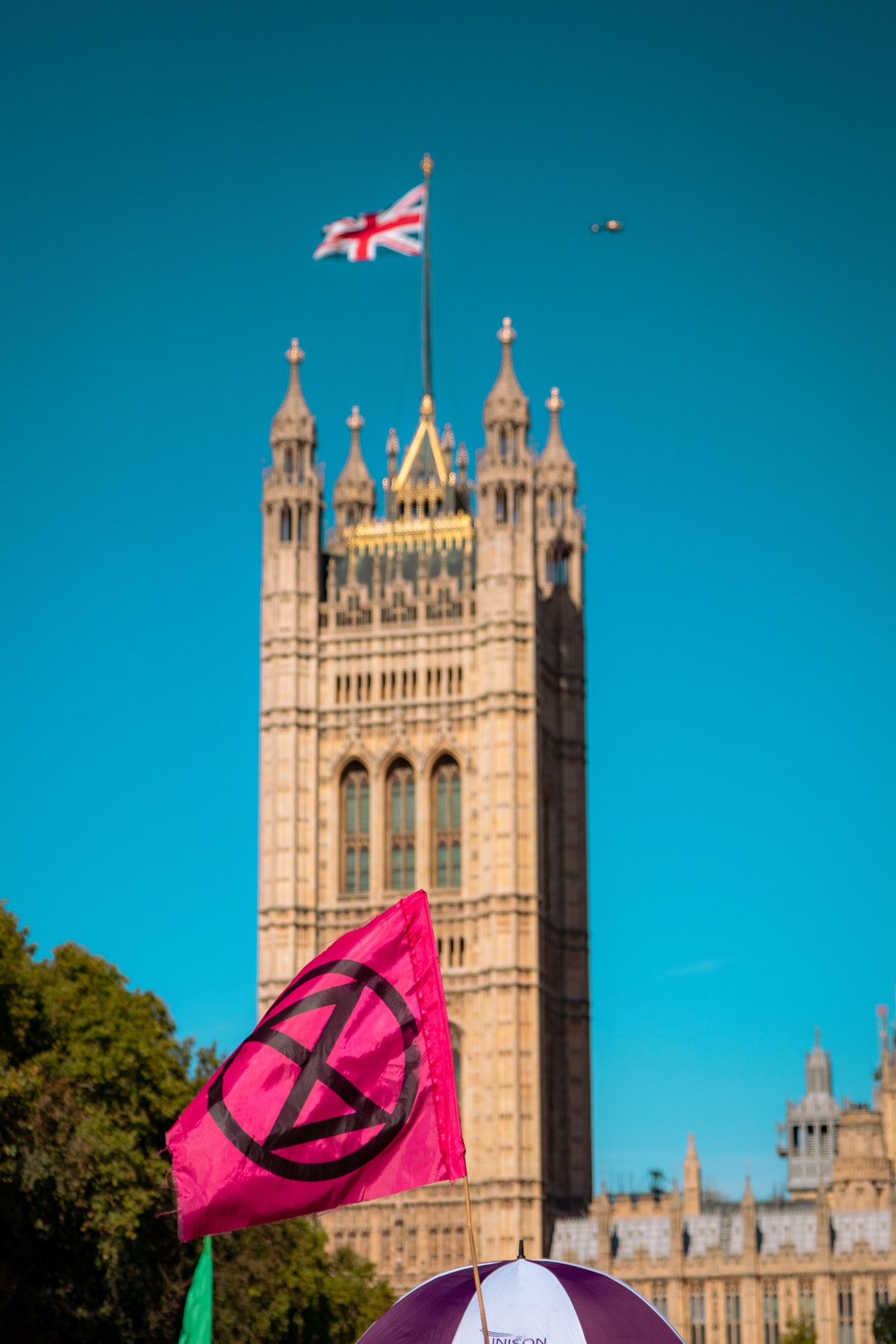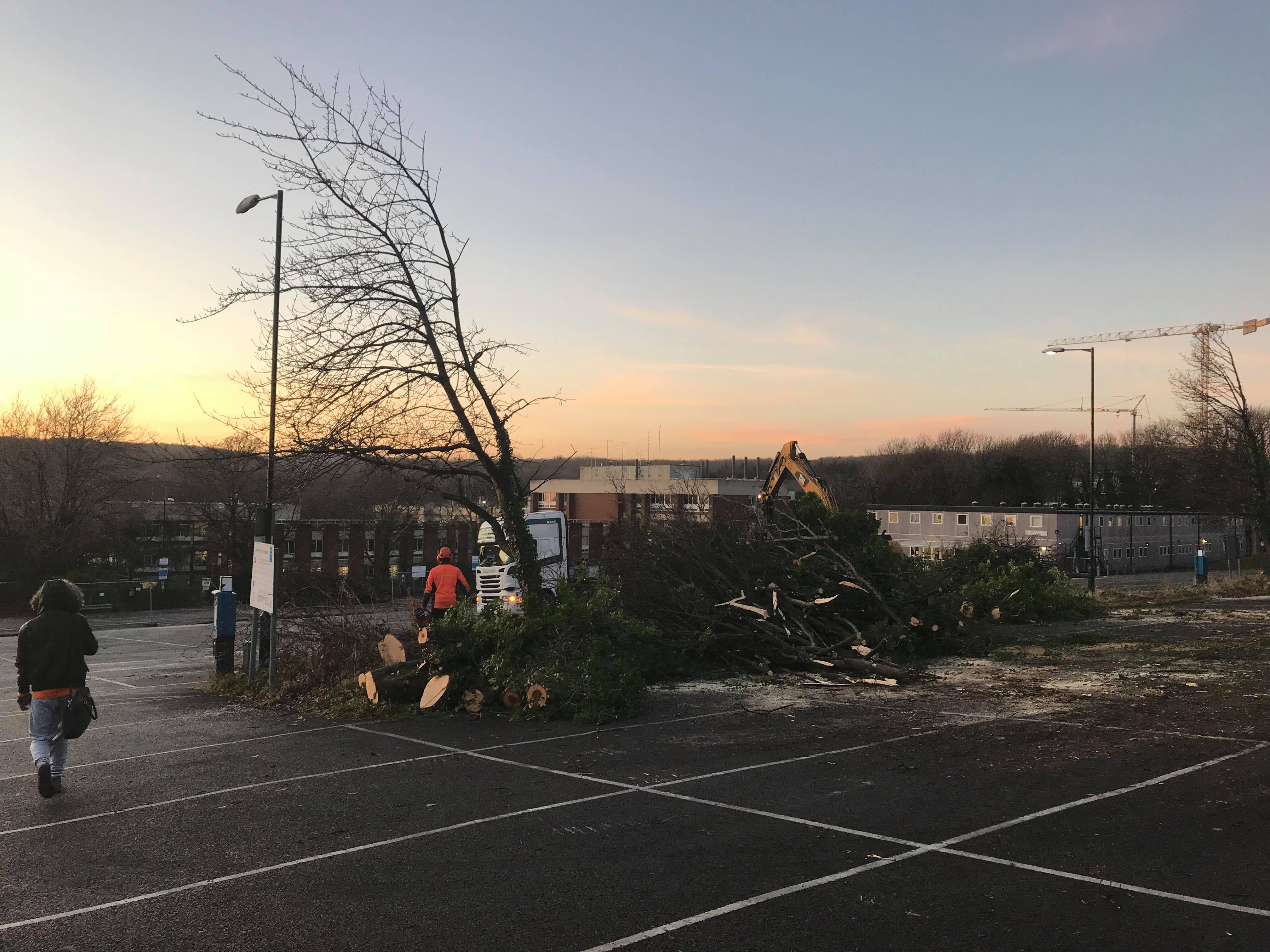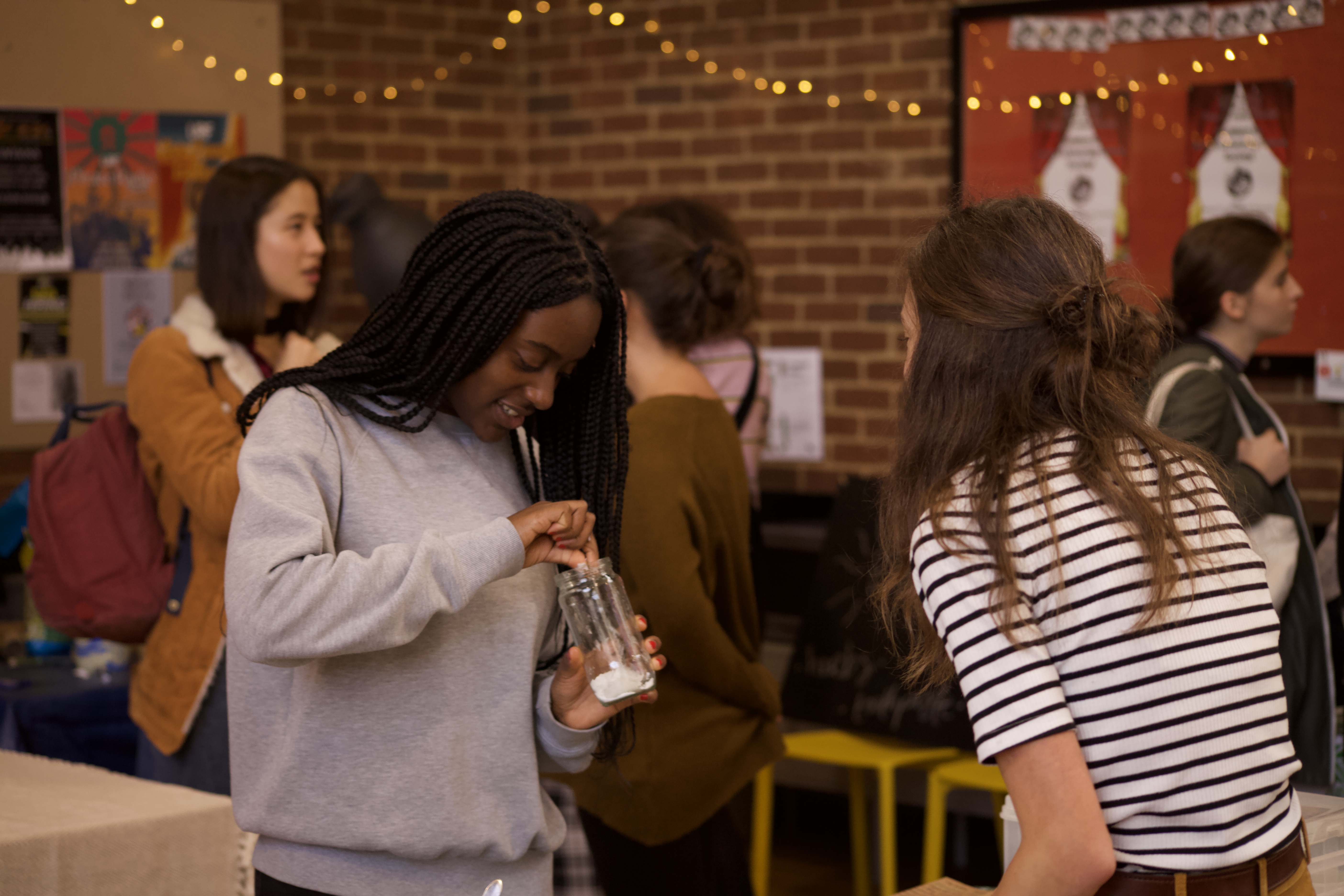By Charlotte Brill
Escaping the notoriously hair-raising Vietnamese traffic in Hanoi, one may stumble across the Old Quarter’s ‘Train Street’ running between Le Duan and Kham Tien street. This narrow residential street got its name because running straight through the centre is the 117-year-old, still functioning, railway track built by French colonial rulers in 1902.
If you do find this street, it is now highly likely that you will be asked to leave the vicinity as on October 6th the Hanoi municipal government and its local transit authority ordered for its closure to the public. The decision was made after a train was forced to emergency stop and re-route. This was clearly the nail in the coffin for the authorities.
Due to the attractive and unusual proximity of rail and residence, this key site of Vietnamese cultural heritage, became a popular tourist destination, with visitors travelling from far and wide to get a glimpse of this special place. Multiple times a day, trains hurtle down this street passing just a few inches from houses in some places. To cater for the booming tourism, many local families opened cafés along the railway so tourists (and locals alike) could enjoy a coffee, beer or homemade pho in this picturesque setting.
During my study abroad, I was one of these tourists. At the end of the academic year I decided to spend my final days wandering around the streets of Hanoi and ‘Train street’ was one of the most iconic and breath-taking places tucked away in this vibrant city. This cultural enclave is not only unique but has been malleable throughout its colonial history until it became posited in the global economy in which the backbone of livelihoods rest on the influx of tourists. Travelling solo, I did not have the distraction of idle conversation with friends, so I spent my time observing my surroundings, other tourists and locals going about their day-to-day lives. I found it so fascinating, as both a tourist and an Anthropology student, that I visited twice in just two days.
Having grown hungry from my exploration I decided to have dinner at an empty trackside café, hoping to get away from the rest of the tourists; it was just the owner, his family and myself. This dining experience did not disappoint. After finishing a delicious bowl of Pho Bo (beef noodle soup) I was approached by the owner, whom communicating through hand gestures, gifted me with a little green bamboo leaf package. Inside was a pink tacky piece of meat called Nem Chua (fermented pork) which the family were sharing together. It felt special to be included in a more intimate and cultural Vietnamese custom of sharing food together on the streets in the evening.
However, since the announcement of the street closure, trackside cafés have been told they must shut their businesses, evoking fear regarding the survival of the street and their businesses. Walking paths have since been barricaded and police are denying tourists access to the site due to concerns of the safety of human life. Responding to this decision, The Vice Chairman of the Vietnam National Administration of Tourism, Ha Van Siew, told the media on October 9th that ‘’though the railway cafés attract tourists, they are, in fact violating some regulations’’, but he did not divulge into the specifics of these regulations.
If you happened to be there when a train was scheduled, as I was, you could experience the wind whipping across your face while pinning yourself to the wall as the immense locomotive rumbled through the narrow passage. This incredible encounter would last less than a minute as the trains barely slow down when they travel through this residential area. Albeit an experience I am grateful to have had, I cannot deny that it wasn’t scary and made me question the safety of this area for the masses of tourists who frequent each day.
It is unsurprising that this once novel attraction has been transformed into such a major safety concern as many of the camera-wielding tourists are not mindful of the potential dangers of this street; they are more concerned about getting the ‘perfect’ Instagram photo of themselves sitting or standing on the tracks. Even though ‘’there have never been any regretful accidents here’’, as local café owner Le Tuan Anh told the Guardian, the growing over-tourism of this site and lack of mindfulness its visitors are increasing the likelihood of this to occur in the future. It is understandable that authorities have acted before a potentially fatal accident does happen. I hope that a solution can be reached whereby better safety is in place so that café owners’ livelihoods are not at risk and tourists can still enjoy this enthralling place.




